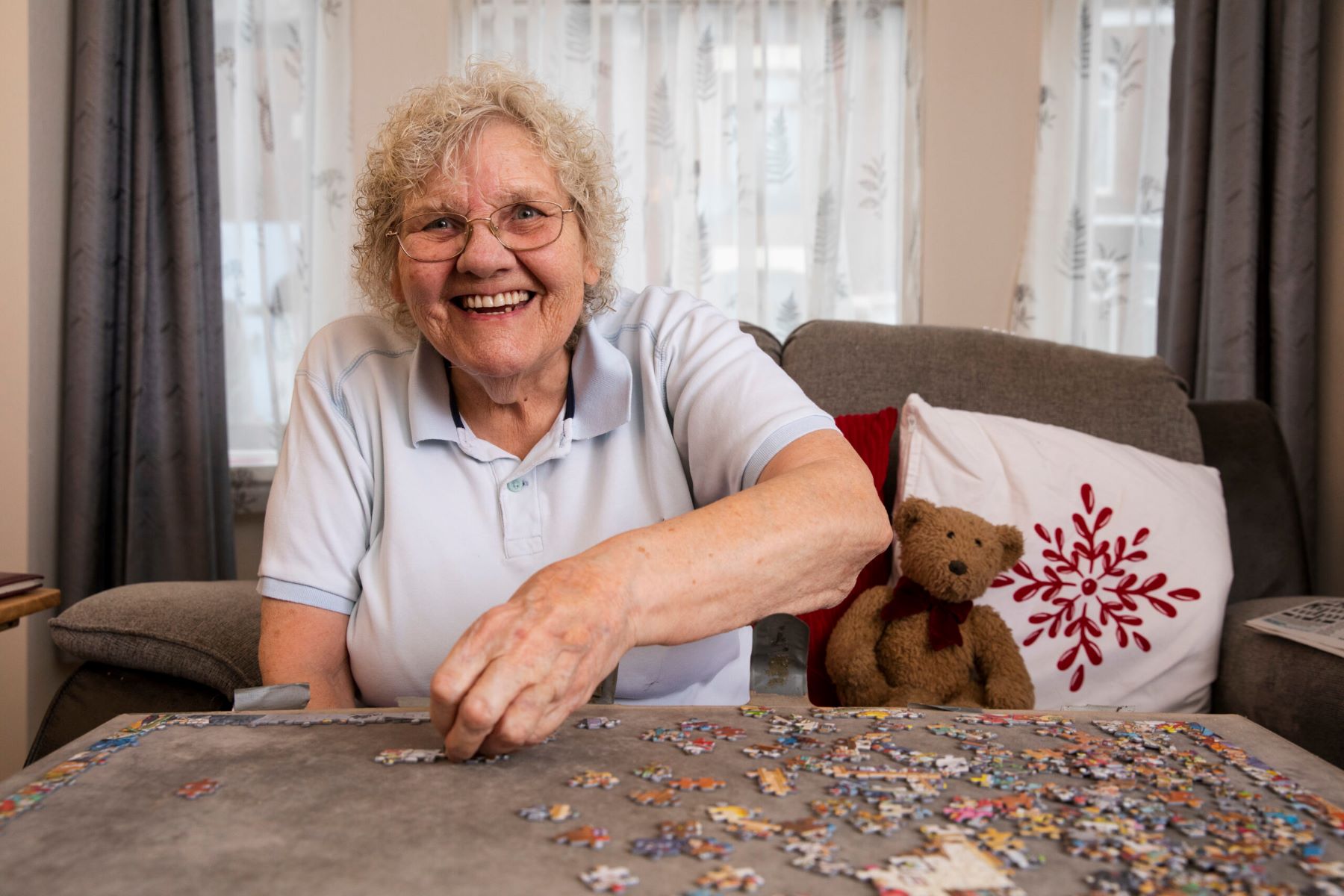
Septo-Optic Dysplasia (SOD) is a rare congenital disorder affecting the development of the optic nerve, pituitary gland, and brain structures. Did you know that this condition can lead to vision impairment, hormonal imbalances, and developmental delays? SOD is often diagnosed in infancy or early childhood, and its symptoms can vary widely among individuals. Understanding this complex condition is crucial for providing the best care and support. In this article, we'll explore 50 facts about Septo-Optic Dysplasia, shedding light on its causes, symptoms, treatments, and the latest research. Whether you're a parent, caregiver, or simply curious, these insights will help you grasp the essentials of SOD.
Key Takeaways:
- Septo-Optic Dysplasia affects vision and hormone levels. Early diagnosis and supportive therapies can help individuals lead fulfilling lives despite its challenges.
- Ongoing research offers hope for better understanding and treatment of Septo-Optic Dysplasia. Increased awareness and support can make a difference in the lives of those affected.
What is Septo-Optic Dysplasia?
Septo-Optic Dysplasia (SOD) is a rare congenital disorder. It affects the development of the optic nerve, pituitary gland, and structures in the brain. Understanding this condition can help those affected and their families navigate its challenges.
- SOD is also known as De Morsier syndrome.
- It was first described in 1956 by Georges de Morsier.
- The disorder occurs in approximately 1 in 10,000 live births.
- Both boys and girls can be affected equally by SOD.
- The exact cause of SOD remains unknown.
- Genetic mutations may play a role in some cases.
- Environmental factors during pregnancy might contribute to the development of SOD.
- SOD is characterized by underdevelopment of the optic nerves.
- This underdevelopment can lead to vision impairment or blindness.
- The pituitary gland may also be underdeveloped, causing hormonal deficiencies.
Symptoms and Diagnosis
Recognizing the symptoms of SOD early can lead to better management. Diagnosis often involves a combination of physical exams, imaging, and hormone testing.
- Common symptoms include vision problems and hormonal imbalances.
- Some children with SOD have developmental delays.
- Seizures can occur in individuals with SOD.
- MRI scans are used to detect brain abnormalities associated with SOD.
- Hormone tests can identify pituitary gland dysfunction.
- An ophthalmologist can assess the extent of optic nerve damage.
- Growth hormone deficiency is common in children with SOD.
- Hypothyroidism may also be present.
- Cortisol deficiency can lead to adrenal insufficiency.
- Diabetes insipidus is another possible symptom.
Treatment and Management
While there is no cure for SOD, treatments focus on managing symptoms and improving quality of life. Early intervention is key.
- Hormone replacement therapy can address pituitary gland deficiencies.
- Vision therapy may help maximize remaining sight.
- Physical therapy can assist with motor skill development.
- Occupational therapy supports daily living skills.
- Speech therapy can aid in communication development.
- Regular endocrinologist visits are essential for hormone management.
- Seizure medications may be prescribed if needed.
- Special education services can support learning and development.
- Family support and counseling are crucial for emotional well-being.
- Early intervention programs can provide comprehensive care.
Living with Septo-Optic Dysplasia
Living with SOD presents unique challenges, but many individuals lead fulfilling lives with proper support and care.
- Children with SOD can attend mainstream schools with appropriate accommodations.
- Assistive technology can enhance learning and independence.
- Support groups offer valuable resources and connections for families.
- Regular medical follow-ups are important to monitor health.
- A balanced diet and regular exercise can promote overall well-being.
- Parents should advocate for their child's needs in educational and medical settings.
- Awareness and understanding of SOD can reduce stigma and promote inclusion.
- Research is ongoing to better understand and treat SOD.
- Genetic counseling may be beneficial for families planning future pregnancies.
- Community resources can provide additional support and services.
Research and Future Directions
Ongoing research aims to uncover more about SOD and improve treatment options. Advances in genetics and medicine hold promise for the future.
- Scientists are studying the genetic basis of SOD.
- New imaging techniques may improve diagnosis.
- Hormone replacement therapies are continually being refined.
- Stem cell research offers potential for future treatments.
- Clinical trials are exploring new medications and therapies.
- Collaboration between researchers and clinicians is essential for progress.
- Patient registries help track outcomes and advance understanding.
- Advocacy organizations play a key role in funding research.
- Increased awareness can lead to earlier diagnosis and intervention.
- Future discoveries may one day lead to a cure for SOD.
Final Thoughts on Septo-Optic Dysplasia
Septo-Optic Dysplasia (SOD) is a rare condition that affects the development of the optic nerve, pituitary gland, and brain structures. Understanding SOD helps in recognizing its symptoms early, leading to better management. Key facts include its association with hormonal imbalances, vision problems, and developmental delays. Early intervention with therapies and medical treatments can improve the quality of life for those affected. Awareness and education about SOD are crucial for families and healthcare providers. By sharing knowledge, we can support those living with this condition and foster a more inclusive environment. Remember, every fact learned brings us closer to understanding and aiding those with SOD. Stay informed, stay compassionate, and let's continue to support the SOD community.
Frequently Asked Questions
Was this page helpful?
Our commitment to delivering trustworthy and engaging content is at the heart of what we do. Each fact on our site is contributed by real users like you, bringing a wealth of diverse insights and information. To ensure the highest standards of accuracy and reliability, our dedicated editors meticulously review each submission. This process guarantees that the facts we share are not only fascinating but also credible. Trust in our commitment to quality and authenticity as you explore and learn with us.


